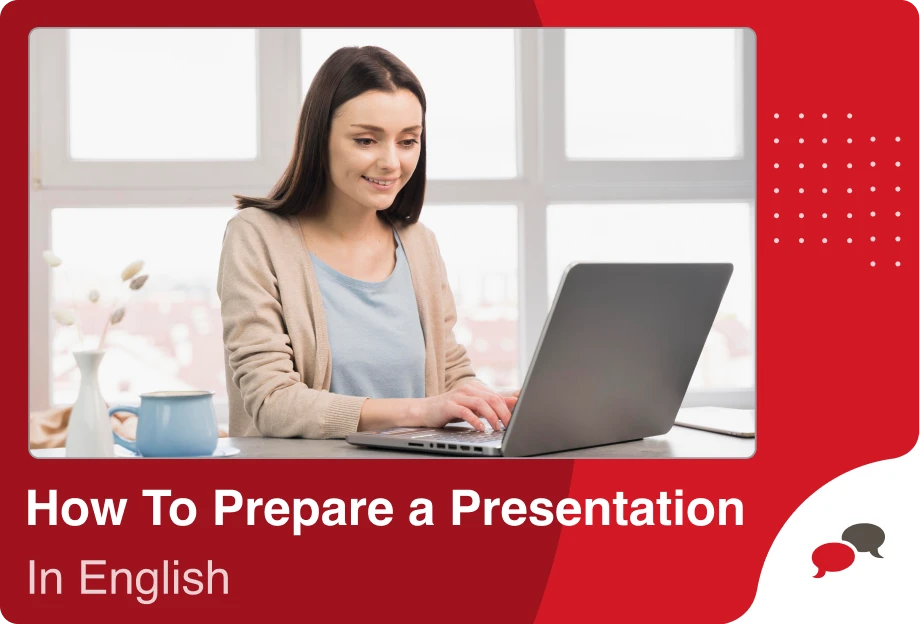The Total Physical Response (TPR) method is an effective technique that supports the language learning process through physical movement, aiming for students to learn the language in a more natural and enjoyable way. Developed by Dr. James J. Asher, this method is based on how children learn their native language, encouraging students to internalize the language by listening and giving physical responses. In this content, we will explore in detail what the TPR method is and how it can be applied.
What is the Total Physical Response (TPR) Method?
The Total Physical Response (TPR) Method, developed by Dr. James J. Asher, is an effective teaching technique that enhances listening skills through movement, specifically designed for beginner language learners. This method mirrors the natural language acquisition process of children and aims to facilitate easier and more lasting language learning. During the usage of the TPR method, teachers give simple commands, and students respond with physical actions, turning language learning into not only a mental but also a physical experience. The TPR Method enables learners to acquire language in a natural, lasting, and stress-free way, allowing them to focus on comprehension and absorption without pressure. The core objective of TPR is to engage students in learning through both mental and physical experiences, reinforcing what they learn through physical responses to instructions. This approach is particularly beneficial for beginners, as it provides a natural period of listening and comprehension, making language acquisition more accessible and effective.
How to Use the TPR Method in the Classroom
To implement the Total Physical Response (TPR) Method in the classroom, teachers need to blend language with physical actions, helping students understand spoken instructions and respond accordingly. This method is particularly beneficial for beginners in language learning. The teacher gives simple commands and encourages students to respond through movement. For instance, phrases like “Stand up,” “Close the window,” or “Open the door” prompt students to perform these actions, allowing them to learn language actively as they listen and respond. In TPR, teachers don’t just issue verbal commands; they also demonstrate the movements themselves, providing students with a model to follow. This approach helps learners grasp the language in a natural way. Over time, teachers can increase the complexity of the commands, introducing more challenging instructions as students become more comfortable with the basics. Once students have gained a certain level of language proficiency, TPR can be further enhanced with interactive activities, such as in-class exercises or short dialogues, allowing students to experience the language audibly, visually, and physically. This multimodal approach not only enriches the learning process but also reinforces retention by engaging multiple senses.
TPR Method Examples
Basic Actions: The teacher gives simple commands for students to follow, such as:
-Stand up and spin around.
-Pick up your pen and walk towards the door.
-Open your notebook and clap your hands.
Direction and Movement Commands: To help students learn directions:
-Turn to the left or turn to the right.
-Step forward twice or step backward once.
Interacting with Objects: Students associate actions with specific items:
-Tap the wall.
-Pick up the book and place it on the chair.
-Point to the board and look around.
Opposite Actions: Reinforce commands with contrasting actions:
Walk quickly, then stop and stand still.
-Speak softly, then shout loudly.
Group Activities: Make TPR more interactive with team-based activities:
-Form a circle holding hands with your friends.
-Say ‘Hi’ in unison with your partner.
Dialogue Simulations: Encourage students to practice simple conversations:
-Greet a friend with ‘Good afternoon’ and wave.
-Smile at a friend and ask, ‘What’s up?’
Frequently Asked Questions About TPR Method for Learning English
How can I incorporate the TPR Method into my self-study routine?
If you’re studying alone, you can use TPR by creating commands for yourself and acting them out. Practice listening to commands in English videos or apps, and mimic the actions to reinforce understanding and memory.
Is the TPR Method effective for online learning?
Yes, TPR can be adapted for online settings by using commands and gestures that students can perform at home. Teachers might use visual cues and simple actions that learners follow from their own space.
Can the TPR Method help with speaking skills too?
Yes, TPR initially focuses on listening and comprehension, but as students become comfortable, they are encouraged to speak and mimic commands. This progression naturally builds their confidence in speaking.
How does the TPR Method benefit English learners?
TPR enhances comprehension and retention by associating words with actions. This method not only improves memory but also reduces stress, allowing learners to absorb language in an engaging, active way.
You can access everything your child needs to learn English on a single platform! With 25-minute live lessons guided by teachers specialized in child education, entertaining and instructive interactive videos designed for child development, vocabulary learning tools, the AI Tutor MiMi, quizzes, and interactive activities, EnglishCentral Kids offers a personalized and quality education plan tailored to your child’s needs at affordable prices. How about registering for EnglishCentral Kids now and starting your child’s English learning journey?











